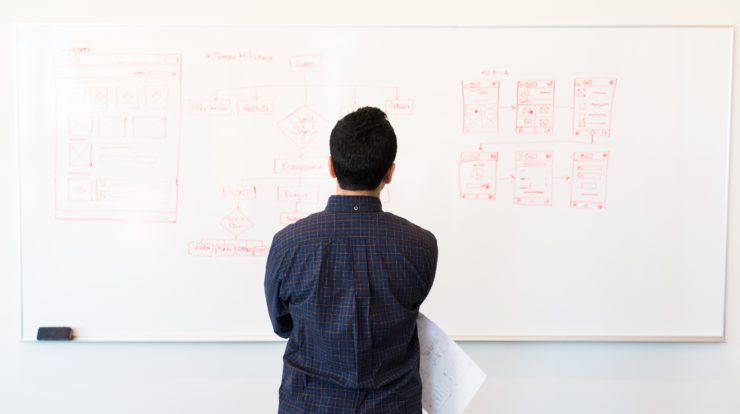
In today’s post, I’ll be sharing with our readers how to plan out a simple marketing funnel for your business. Planning out a marketing funnel is part of the marketing process. When a business is positive that they will be using marketing automation and lead generation, it is really critical that they plan out their marketing funnel.
The Top Layer
A business would typically plan out their platforms or places where they will generate leads and sales. To be labeled as a platform, there must be a database exchange of some sort. We use some sort of offer to generate these leads. Obviously, some who come into the database will purchase without becoming a lead first. These would be moved to the buyer campaign. If someone request more information but doesn’t buy, they would be added to a prospect sequence or campaign.
The top layer typically will clarify the offer and the platforms. In the example above we see the website and the showroom or office. When people visit the showroom, call in, or read the website we place offers on the site where they can read more information. Once they request more information they are automatically added to the prospect sequence.
The Prospect Sequences
Prospect sequences are typically made up of marketing touch points. These pieces of marketing will continue to reiterate our client’s unique selling point. The first sequence is typically more aggressive and would email them a little more often. The sequence could also have direct mail, phone calls, SMS messages, and much more. If at anytime the prospect purchases, they would be move again to the buyer sequence
If they don’t purchase a product, then they would be moved to a prospect sequence 2, which would contact them less often but keep them on the database. If they purchase during sequence 2, they would stop receiving marketing materials and be moved to the buyer sequence as shown above.
Automating the Marketing Funnel
The good news is that there are several marketing CRMs built for small business which can automate this entire process. However, a business who is focused on having a system will have to learn it and use it correctly. Typically, one of our clients will have to identify the action times which is when a prospect should be moved to the buyer sequence.
For example, say a prospect purchases a $3,000 unit and the order comes in. Before the item is shipped out, there would be a checklist to make sure that the new customer is moved over to the buyer campaign and no longer receives emails from the prospect sequence.
The Buyer Sequence

A new customer or buyer sequence could also be created. It could educate the buyer about the product, offer support, referral opportunities and much more. Although we don’t have one shown here, typically a client would foresee the entire life cycle of their customers so they would be able to plan out every step of the entire funnel.

